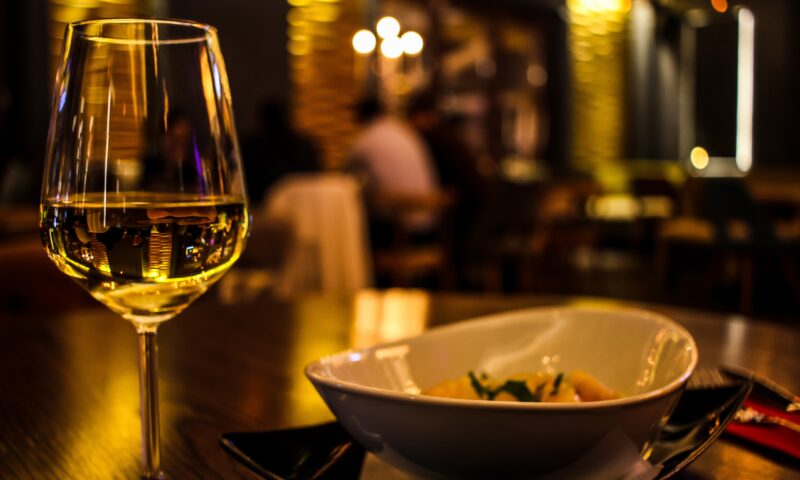
Choosing your wine at a restaurant is often complicated. Between food and wine pairing, red or white wine, bottle or glass, here are our tips for a successful dinner with the right wines.
1. Ask the sommelier for advice (if there is one)
A good sommelier will listen to your desires and knows his wines perfectly, so he is the one to ask first. Unfortunately, very few restaurants have sommeliers, so you will have to learn to manage on your own or get help from a digital wine list.
2. Taste the wine
It is sometimes possible to ask to taste the wine; if so, don’t hesitate. Otherwise, it is possible to taste a few wines by the glass and then take the bottle if a wine suits you.
3. Adjust the temperature and possibly decant
Don’t hesitate to ask for an ice bucket to chill your white wine to around 10°-12° and your red to 17-18°. Once served, a wine warms up very quickly… You can also ask to decant it, as this can awaken its aromas.
4. Think about the dish you are going to eat
Choose your dish and find a wine that pairs well. Or conversely, spot a wine that tempts you and see which dish can best complement it.
5. Don’t choose the second cheapest wine...
It is common when you don’t know any wines on the list to choose a region and take the second cheapest wine. This is often a mistake; ask for advice or use the digital wine list if possible.
6. The most expensive wine will not necessarily be the best for you
An expensive wine is not necessarily a good wine. Not necessarily, the price of a wine is determined by many factors; what matters is what you like to drink and what you will eat with it.
7. Don’t trust the vintage
Some vintages are better than others, it’s true. But this is not an absolute rule for all vineyards and all wines. Keep in mind that often a warmer vintage will produce wines that are more alcoholic or sweet, while a cooler vintage will yield fresher and sometimes greener wines. The winemaker will often know how to adapt to the vintage to succeed with his wine.
8. Be curious about wine
If no wine on the list speaks to you, rather than betting on a known region or grape variety, try an appellation you have never tasted or a grape variety whose name you hear for the first time. New World wines are often beautiful discoveries at interesting prices. Choosing a wine at a restaurant is, like for dishes, a good time to make discoveries.
9. Don’t feel obliged to follow the server’s advice
If the advice received from the server or sommelier does not suit you, you have the right to choose another wine. You can use the digital wine list; a virtual sommelier will never be offended if you don’t listen to him.
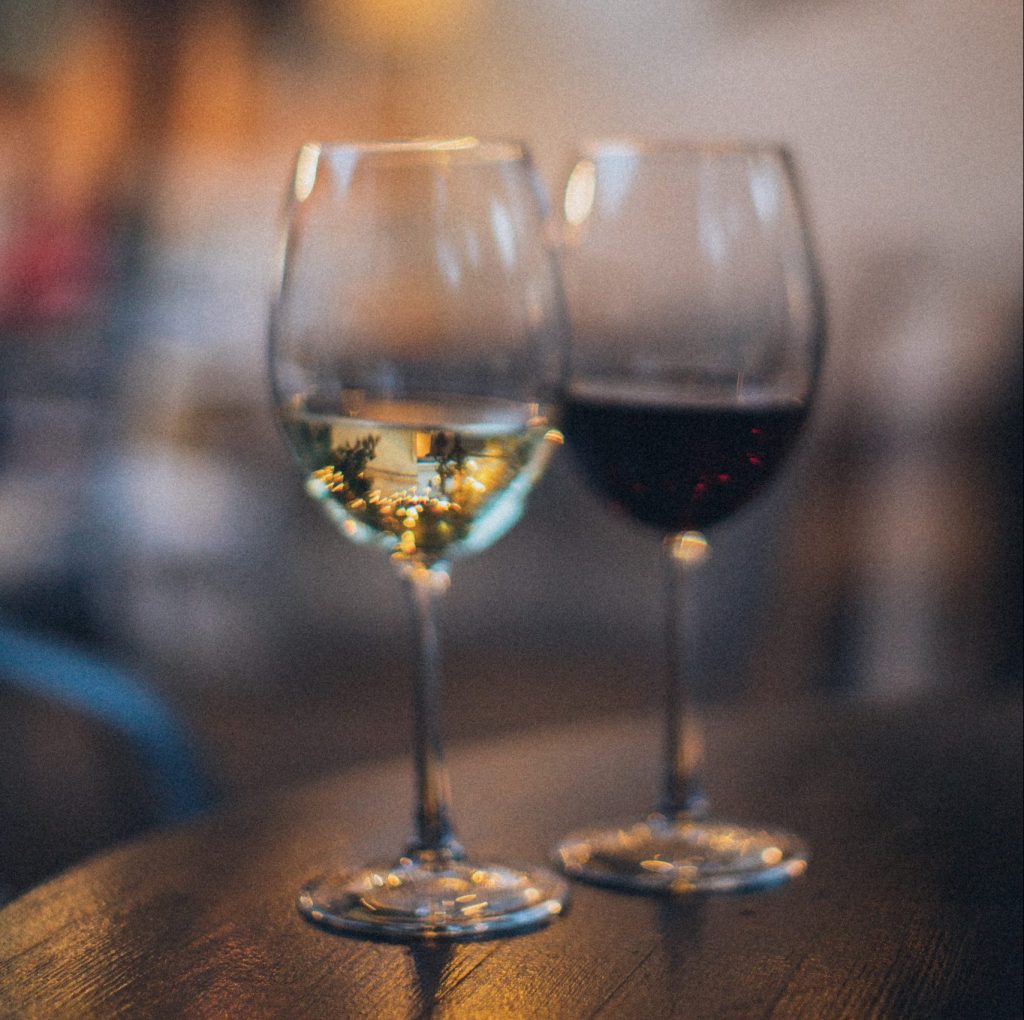
It is customary to often choose a white wine for the starter and a red wine for the main course at a restaurant, but this is far from the only option. Here are some pointers:
To accompany starters, prefer dry and lively whites like Pinot Gris or Sauvignon Blanc, which will pair well with salads and other seafood. With charcuterie as a starter, don’t hesitate to choose a light red, such as Bourgogne or Beaujolais. If you are having red meat like carpaccio, opt for a fleshy red wine based on Merlot, like many appellations from Bordeaux's right bank. There are also spicy and fruity red wines that can pair well with seafood, such as Syrah or Beaujolais.
For main courses, often richer and accompanied by sauce, you can choose a powerful red, like a Saint-Émilion. However, if you prefer fish or if your dish is more delicate, dare to choose a more structured white wine, like a Burgundy Chardonnay. A Chablis can also be perfect with fish!
Asian cuisine is often spicy or even hot and sometimes sweet-salty, which can pair perfectly with semi-dry wines like Gewurtztraminer or a fresh and fruity rosé from Provence. A choice often difficult for foie gras, you can very well enjoy it with a sweet white wine, like Sauternes, but pairing it with a livelier wine will also be very interesting.
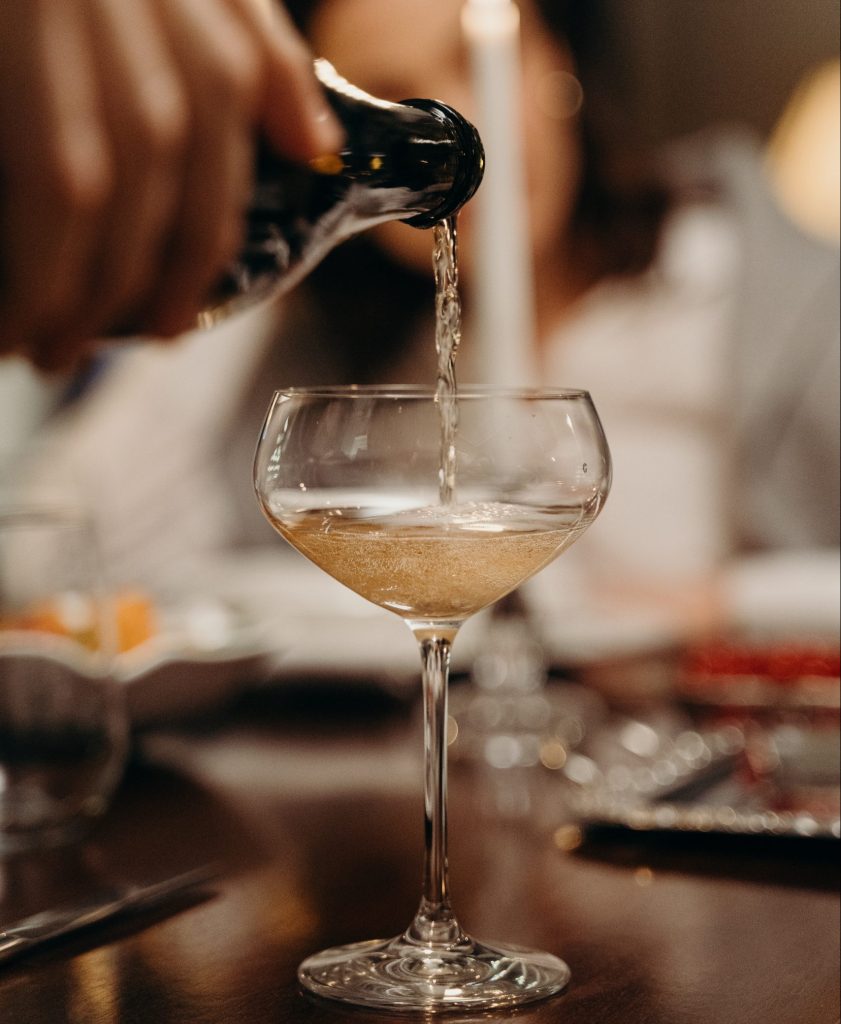
Sparkling wines like champagnes, but also crémants or cavas, generally allow for a great start to an evening at the restaurant, but they are also recognized for their versatility in food and wine pairing. The effervescence and freshness of the wine will accompany you from starter to dessert!
Wine is often forgotten when it comes to aperitifs or the end of a meal. Where an aperitif that is often very sweet may dull your palate, a light and fruity wine can instead open your taste buds for the rest of the meal. Nothing is more pleasant than a sweet wine to accompany the end of your meal; if you choose a fruit-based dessert, opt for a sweet or liqueur white. A Tarte Tatin will pair perfectly with a Coteaux du Layon. For desserts based on red fruits, a sparkling rosé wine will be a perfect match in addition to being very digestible. With a chocolate dessert, try natural sweet wines, like Rivesaltes or Porto. Also, let yourself be tempted by more original pairings by trusting the digital wine list.
It is possible to classify wines into categories for better tasting.
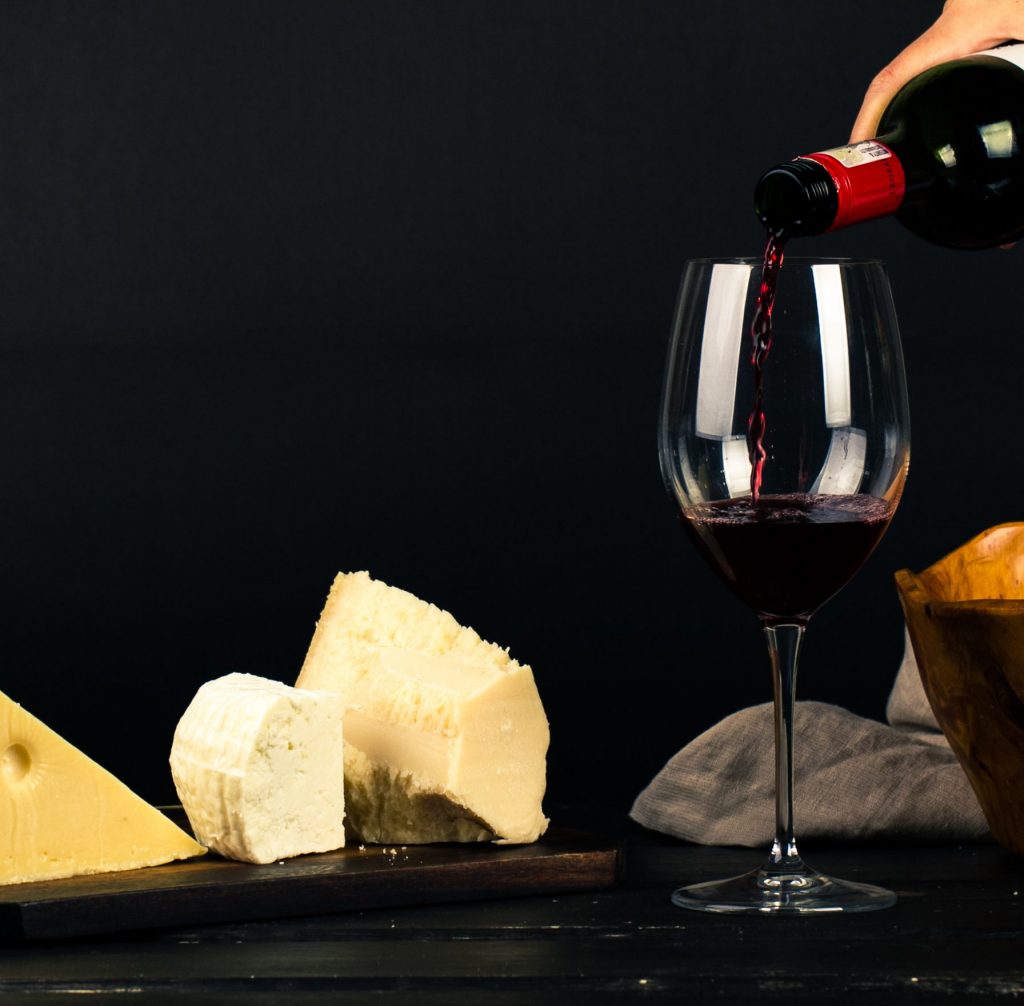
Here are the main styles of wine with common pairings to remember:
The more intense the cooking, the more the intensity of the dish increases, which can guide you towards choosing a more powerful wine. Conversely, low-temperature cooking will be less powerful but more aromatic; a light and aromatic white wine can be a good match.
The sauce also plays an important role as it modifies the texture of the dish and adds aromas! If the sauce is more powerful or fatty, it is often it that will dominate the dish, and it is therefore with this sauce that you should most often choose your wine at the restaurant.
Food and wine pairings are not the only way to choose your wine; here are other ways to select your bottle at the restaurant:
A 75cl bottle is not always the only option; if the restaurant allows it, it is often possible to choose wines by the glass. This allows you to taste several wines during the meal, or even a wine that pairs with each dish. This option is not uninteresting if you are, for example, the only one drinking wine at the table. However, note that wine by the glass is often more expensive than the price of the bottle when calculated for the same quantity. Also, consider looking at the wines offered in pitchers, but keep in mind that these are often lower quality wines, although nice surprises are still possible.
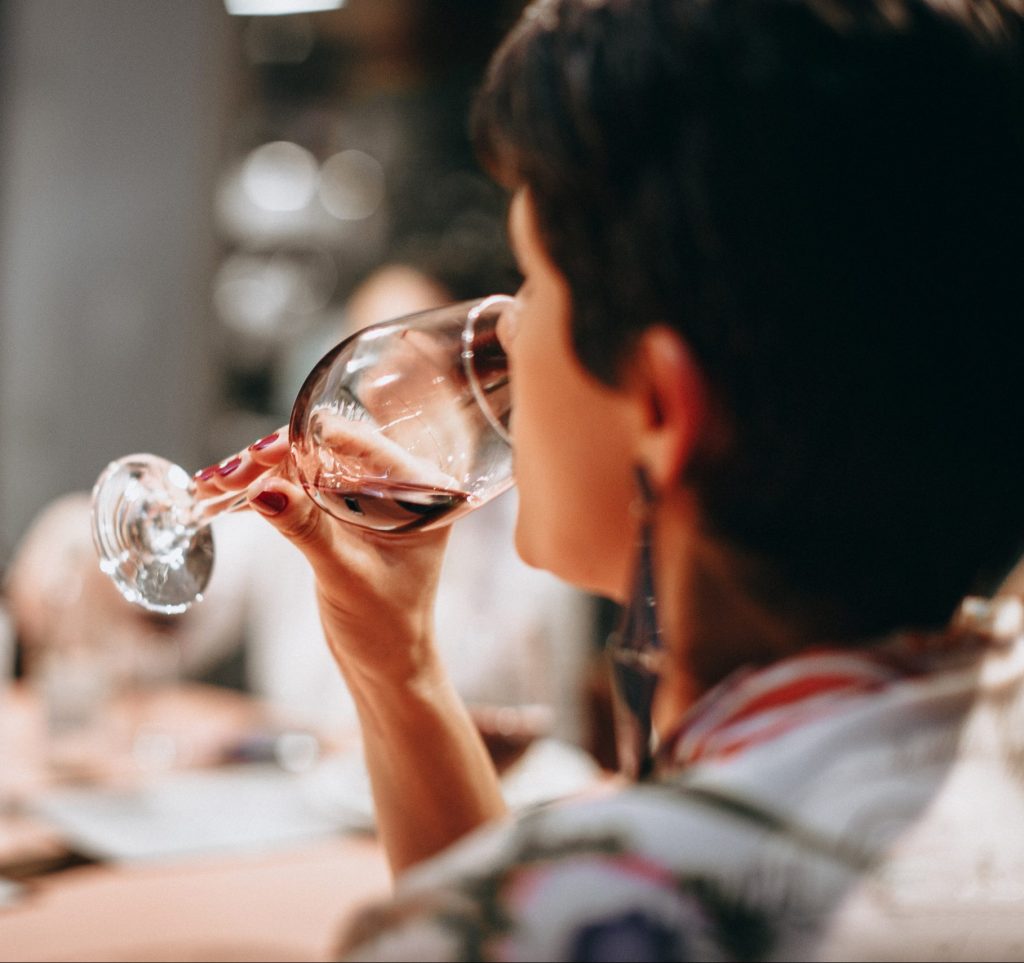
Learn to taste your wine by taking your time. A good tasting will allow you to better remember the wines you like and will help you choose your next wines at the restaurant. During a good tasting, there are several steps to follow:
Here is a non-exhaustive list of pairings with the best wines and appellations of France.
Pendant 1 mois sans engagement